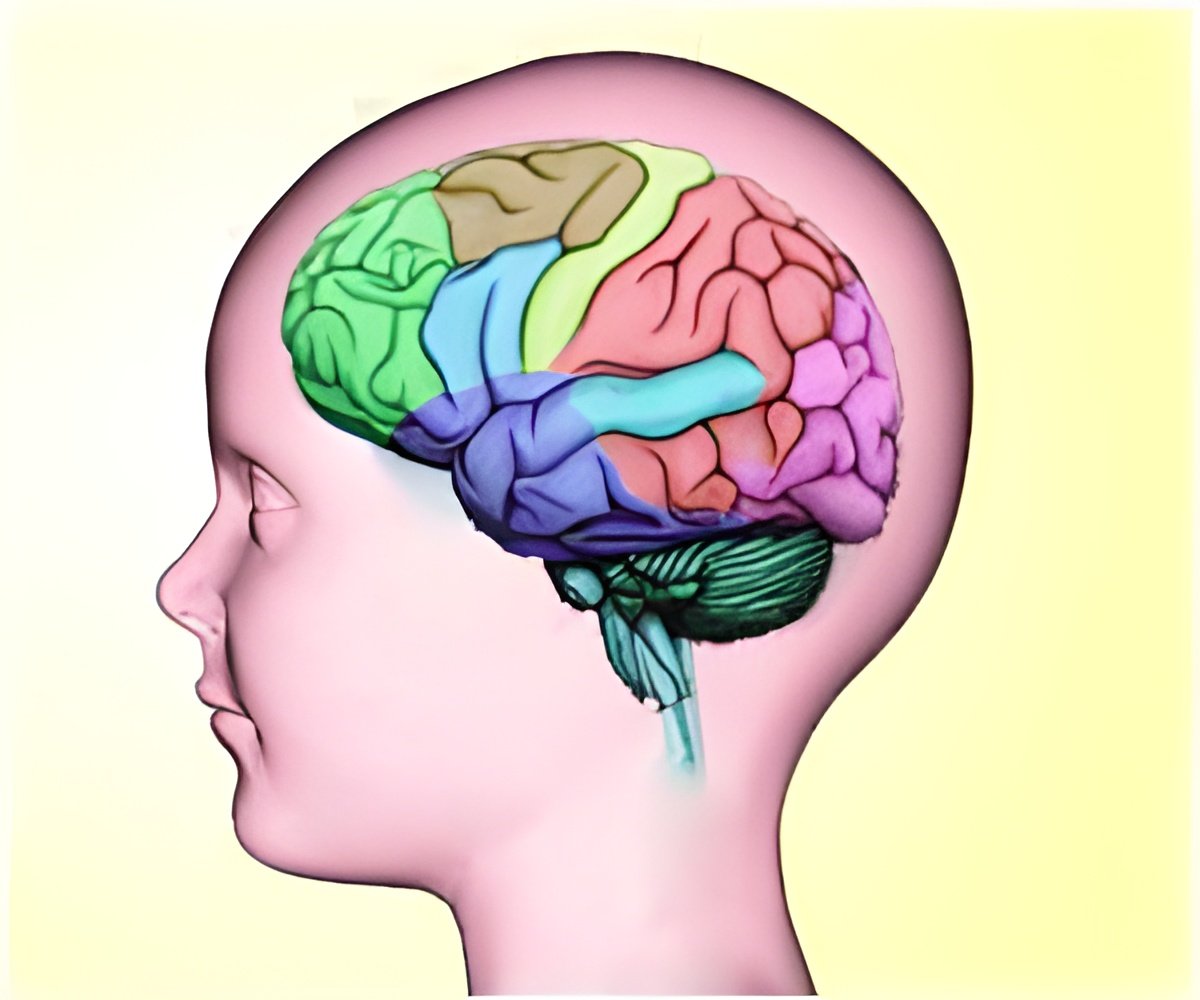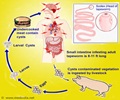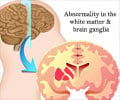Deciphering the genetic information from one individual in a matter of weeks to find a certain disease-causing genetic mutation would have been mocked

Now a team headed by Michael Hammer from the University of Arizona applied Next Generation Genome Sequencing to decipher the entire DNA from a patient who had died from sudden unexplained epileptic death.
Not only did they find the likely culprit – a previously unknown mutation in a gene coding for a sodium channel protein in the central nervous system – but their findings offer some emotional relief and explanation to the patient's family in the absence of a medical diagnosis and any family history of similar disease. The research team published its results in the March issue of the American Journal of Human Genetics.
"If you have a small child with severe epilepsy, not knowing what is causing it is a big burden to carry for the family," said Michael Hammer, an associate professor in the UA's department of ecology and evolutionary biology and a research scientist at the UA's Arizona Research Labs. "It leaves a lot of open questions and sometimes even feelings of guilt."
Because the severity of the patient's condition, the absence of the disease in both parents and her younger sibling and no family history of epilepsy, Hammer and first author Krishna Veeramah ruled out an inherited genetic defect as the cause. Rather, they suspected a so-called de novo mutation, a "typo" in the genetic alphabet generated by pure happenstance, most likely in the paternal germ line.
"We were tasked with the search for the proverbial needle in a haystack," said Veeramah, a postdoctoral fellow in Hammer's lab. "To find a de novo mutation, we have to comb through the entire genome. In the old days, we could have generated a list of candidate genes and sequenced them one gene at a time. Unfortunately that's a lot of work, especially in the brain where you have thousands of genes that could potentially be involved in a process leading to a neurological disorder."
Advertisement
"We are looking at the level of the entire genome," Hammer added, "something that was not possible until very recently."
Advertisement
"We all have variations in the number of copies of certain genes, but they're not necessarily bad," he explained. "But sometimes that variation can cause disease."
"For example, some percentage of previously unexplained intellectual disability has been found to be associated with genomic rearrangements."
In this case, the researchers did not find a smoking gun from looking at copy number variations, leaving point mutations or small insertions or deletions of DNA letters as a likely cause.
Using the sequencing technology capabilities of Complete Genomics, Inc., between 96 and 97 percent of the patient's DNA sequence, as well as the genomes of her parents and her sibling, was deciphered within a few weeks.
Veeramah pointed out that each one of the roughly 3 billion base pairs that make up the human DNA alphabet was covered by at least 50 reads.
"This is important because whole genome sequencing still makes a lot of errors so you have to double up on your efforts to get the accuracy you need."
The family's DNA sequences turned out to stray from the human reference genome in about 5 million places. This may sound like a lot, but in light of the fact that only about 2 percent of the human DNA sequence contains actual genes, most of those variations fall into non-coding regions of the genetic material.
In the next step, Hammer's team had to figure out what those variations meant. Using databases of known genes, they checked which were located in actual gene sequences and which would change the amino acid sequence of the respective protein they encoded. In the end, they were left with about 13,000 mutations.
They hoped that somewhere in that pool of candidates was that one mutation that had caused the girl's epilepsy and possibly led to her death.
To whittle down the number of possibilities, the team then screened for mutations that seemed to violate the laws of Mendelian inheritance.
"De novo mutations will look like they don't obey the rules by which we know genetic material is inherited," Veeramah explained. "The patient will have a variant that is not found in the parents or the sibling. We found 34 sites that fit this pattern."
On average, in one individual, only one spontaneous mutation springs up within the coding region of a gene. Therefore, finding 34 told the team that most of those mutations most likely were sequencing errors.
Veeramah said: "Ten of them had already been listed in public databases, meaning they occur in normal individuals and should not be disease-causing. They're probably just systematic artifacts of the sequencing process, so we could eliminate them."
The team sequenced the remaining 24 variations by standard methods, and as expected, only one turned out to be a real mutation. The variant, which was not previously associated with any human epilepsy disorders, consisted of a wrong letter in a gene that serves as the blueprint for a protein with an important role in how nerve cells communicate with each other.
"These channels perform extremely critical functions," Veeramah said, "which is illustrated by the fact that their structure is very similar from fruitflies to fish to lizards to humans. Just by looking at how highly conserved those proteins have remained over millions and millions of years of evolution, it is pretty clear that the mutation we found is a particularly damaging one that shouldn't really occur."
Identifying a mutation in a critical component of the nervous system in a patient afflicted with severe and otherwise unexplained epilepsy would have been reason enough to stop the study and declare the case closed.
"We decided to take it a step further and actually see if we could find out the exact consequences of that mutation," Veeramah said.
To that end, the team performed electrophysiological studies on this particular mutation. The researchers teamed up with geneticist Miriam Meisler at the University of Michigan to insert the faulty gene into cultured neural cells and studied what happened when they subjected the cells to a mild electric current, just as they would experience when stimulated by another nerve cell in the central nervous system.
"When the voltage is increased, there is a sudden opening of sodium channels," Veeramah said. "Shortly afterward, they close really quickly and the voltage goes back to normal. And that's essentially how normal neurons communicate, how electrical signals are sent around the brain and the body."
"In contrast, the mutant channel proteins opened as quickly as they should, but some of them failed to close quickly, and some didn't close at all," Veeramah explained. "All this results in the electrical signal not being turned off properly. These changes predicted increased neuronal excitability and seizures."
"The bottom line is that we can use whole genome sequencing to find mutations that underlie those severe cases of epilepsy and take it beyond the benchmark in the literature right now by doing functional studies to confirm that we have found the right mutation," Hammer said.
The Hammer lab plans to establish a diagnostics facility to make whole genome sequencing available to the clinical community in hopes to help children with early onset epilepsy and other rare undiagnosed disorders.
"We want to repeat this experiment with many more patients," Hammer said. "We are ready to accept DNA from patients and carry out this type of study."
Veeramah added: "Right now we are doing basic research to identify all the mutations involved. Down the line the goal is to design drugs that specifically target the affected pathways."
Hammer said at the current cost of about $5,000 per fully sequenced genome, or $1,000 to sequence all the known human genes, the new approach could prove cost-efficient, too.
"The regular tests these patients would run up during their lifetime would vastly outweigh the cost of a whole-genome sequencing experiment."
He added: "Once you know what causes the condition, you can begin to be informed about management. Finding cures certainly is in the longer-run picture, even though it is not an option at this point. Until then, families suffer because they're just sitting in the dark and wondering. Did something go wrong during pregnancy? Did I do something to cause the baby's disorder? Finding the faulty gene can provide a vast amount of relief for the family."
Source-Eurekalert














